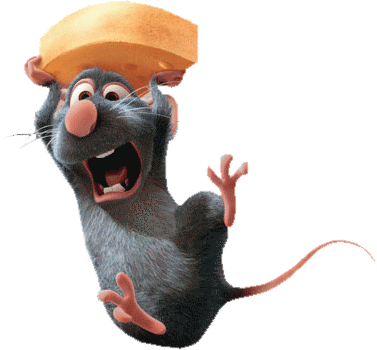Cheesy problem
A mouse has a gene for cheese preference: the preference of cheddar (C) is dominant over the preference of mozzarella (c). In a population of 400 mice, it was expected that 36 of them prefer mozzarella. Determine how many mice are expected to have the homozygous preference of cheddar (CC).

The correlation of cheese preference with genetics is purely fictional.
This section requires Javascript.
You are seeing this because something didn't load right. We suggest you, (a) try
refreshing the page, (b) enabling javascript if it is disabled on your browser and,
finally, (c)
loading the
non-javascript version of this page
. We're sorry about the hassle.
Based on the information given we infer : P(cc) = P(c) * P(c) = 36/400. From this we get P(c) = 6/20. Hence P'(c) = P(C) = 14/20. Consequently P(CC) = P(C) * P(C) = 14/20 * 14/20 = 196/400, giving the answer of 196.